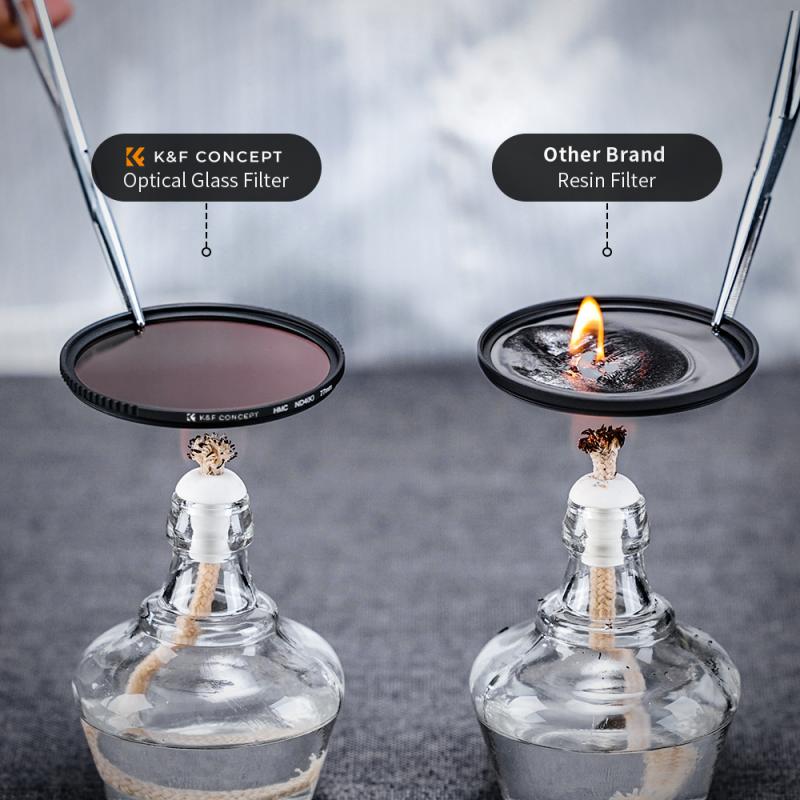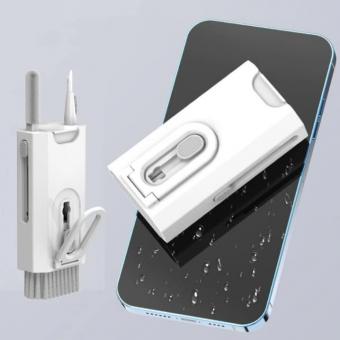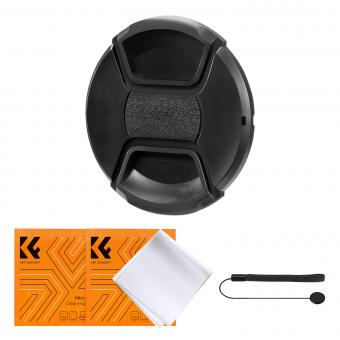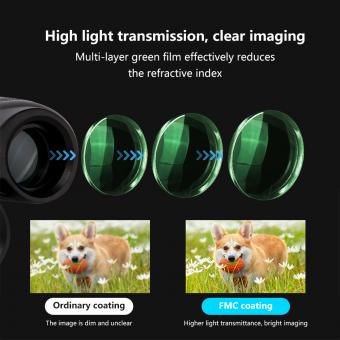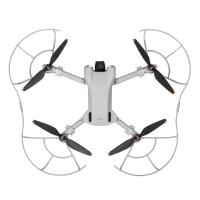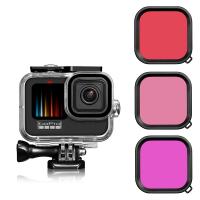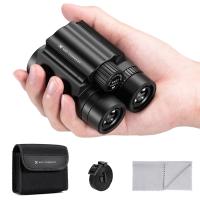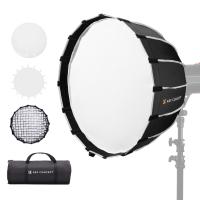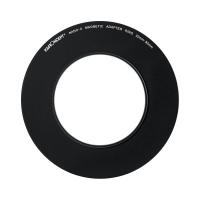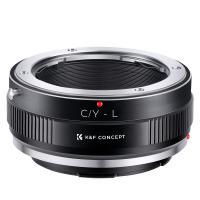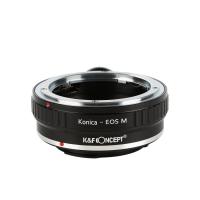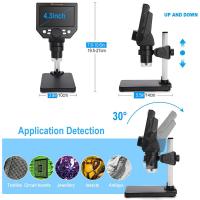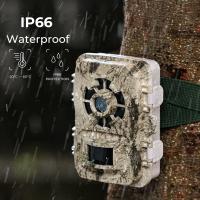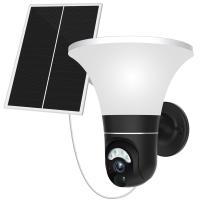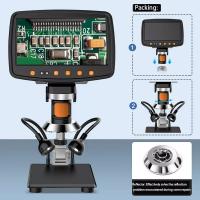How To Use Camera Lens Filters ?
Camera lens filters are used to enhance or modify the images captured by a camera. They can be used to reduce glare, enhance colors, or create special effects. To use a camera lens filter, first, select the appropriate filter for the desired effect. Then, attach the filter to the front of the camera lens using the filter thread or adapter ring. Make sure the filter is securely attached and does not move or rotate during use. Adjust the camera settings as necessary to compensate for any changes in exposure or color balance caused by the filter. Finally, take the photo and review the results to ensure the desired effect was achieved. With practice, using camera lens filters can become an easy and effective way to enhance your photography.
1、 Polarizing filters
How to use camera lens filters - Polarizing filters:
Polarizing filters are a popular type of camera lens filter that can help to reduce glare and reflections, enhance colors, and improve contrast in your photos. Here are some tips on how to use polarizing filters effectively:
1. Choose the right filter size: Polarizing filters come in different sizes, so make sure you choose one that fits your lens properly.
2. Adjust the filter orientation: Polarizing filters work by blocking certain light waves, so you need to adjust the filter orientation to get the desired effect. Rotate the filter until you see the effect you want in the viewfinder or on the LCD screen.
3. Use the filter in bright sunlight: Polarizing filters work best in bright sunlight, where they can help to reduce glare and reflections on water, glass, and other shiny surfaces.
4. Enhance colors: Polarizing filters can also enhance colors in your photos, making them look more vibrant and saturated. This is especially useful for landscape photography, where you want to capture the natural beauty of the scene.
5. Be aware of the latest trends: In recent years, there has been a trend towards using polarizing filters less frequently, as many photographers prefer to achieve similar effects through post-processing. However, polarizing filters can still be a useful tool in certain situations, so it's worth experimenting with them to see what works best for you.
Overall, polarizing filters can be a valuable addition to your camera kit, helping you to capture stunning photos with enhanced colors and reduced glare.
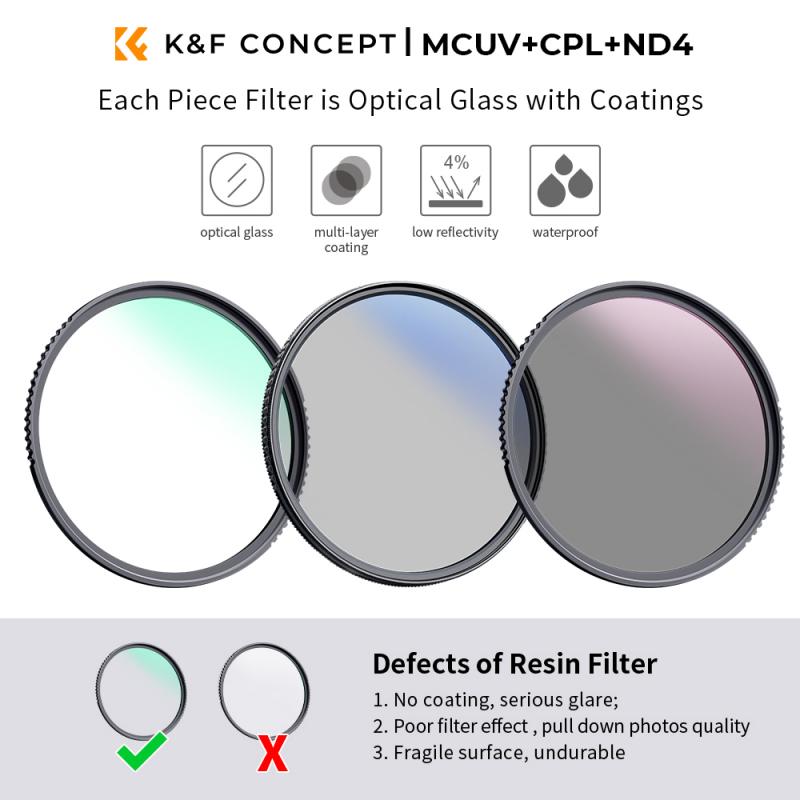
2、 Neutral density filters
How to use camera lens filters - Neutral density filters:
Neutral density (ND) filters are a popular type of camera lens filter that reduces the amount of light entering the camera lens without affecting the color or contrast of the image. This allows photographers to use slower shutter speeds or wider apertures in bright conditions, creating unique effects such as motion blur or shallow depth of field.
To use an ND filter, simply screw it onto the front of your camera lens. The amount of light reduction will depend on the strength of the filter, which is measured in stops. For example, a 3-stop ND filter will reduce the amount of light entering the lens by three stops, allowing you to use a slower shutter speed or wider aperture.
When using an ND filter, it's important to adjust your camera settings accordingly. For example, if you're using a slower shutter speed, you may need to use a tripod to avoid camera shake. You may also need to adjust your ISO or use manual focus to ensure the image is properly exposed.
The latest point of view on ND filters is that they are an essential tool for landscape and outdoor photographers, allowing them to capture stunning images even in bright conditions. They are also useful for videographers who want to create cinematic effects such as motion blur or time-lapse photography. With a range of strengths and types available, there is an ND filter to suit every photographer's needs.
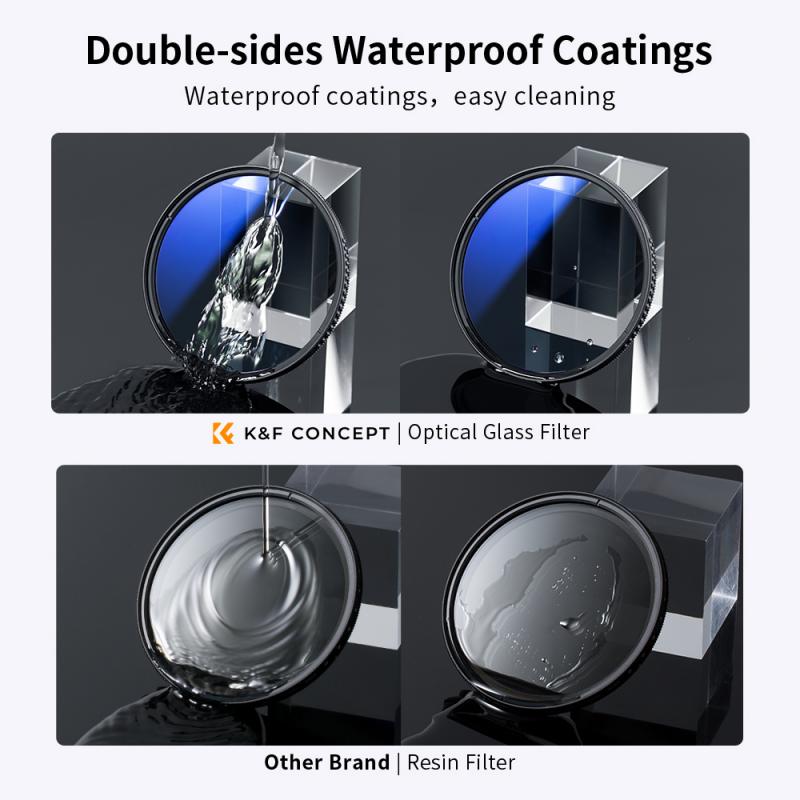
3、 UV filters
How to use camera lens filters - UV filters:
UV filters are one of the most commonly used camera lens filters. They are designed to block ultraviolet light, which can cause a blueish haze in your photos. UV filters are also useful for protecting your lens from scratches, dust, and other debris.
To use a UV filter, simply screw it onto the front of your lens. Make sure it is securely attached and aligned properly. Once attached, you can leave the filter on your lens at all times, as it will not affect the quality of your photos.
However, there is some debate among photographers about the effectiveness of UV filters. Some argue that modern digital cameras already have built-in UV filters, making an additional filter unnecessary. Others argue that UV filters can actually degrade image quality, especially if you use a low-quality filter.
Ultimately, whether or not to use a UV filter is a personal choice. If you frequently shoot in bright sunlight or harsh conditions, a UV filter can be a useful tool for protecting your lens. However, if you are concerned about image quality, it may be best to skip the filter and rely on your camera's built-in UV protection.

4、 Color filters
How to use camera lens filters - Color filters:
Color filters are a great way to add creative effects to your photos. They can enhance the colors in your images, create a mood, or even correct color balance. Here's how to use them:
1. Choose the right filter: There are many different types of color filters available, each with its own unique effect. Some popular options include warming filters, cooling filters, and color-correction filters. Choose the one that best suits your needs.
2. Attach the filter to your lens: Most color filters screw onto the front of your lens. Make sure you have the right size filter for your lens.
3. Adjust your camera settings: Depending on the filter you're using, you may need to adjust your camera settings to compensate for the added color. For example, if you're using a warming filter, you may need to adjust your white balance to avoid an overly orange cast.
4. Experiment with different lighting conditions: Color filters can have different effects depending on the lighting conditions. Try using your filter in different types of light to see how it affects your images.
5. Don't overdo it: While color filters can be a great way to add creative effects to your photos, it's important not to overdo it. Too much color can be distracting and take away from the overall impact of your image.
In recent years, there has been a trend towards using more subtle color filters, such as neutral density filters, which reduce the amount of light entering the lens without affecting color. These filters are particularly useful for long-exposure photography, allowing you to capture motion blur without overexposing your image.
